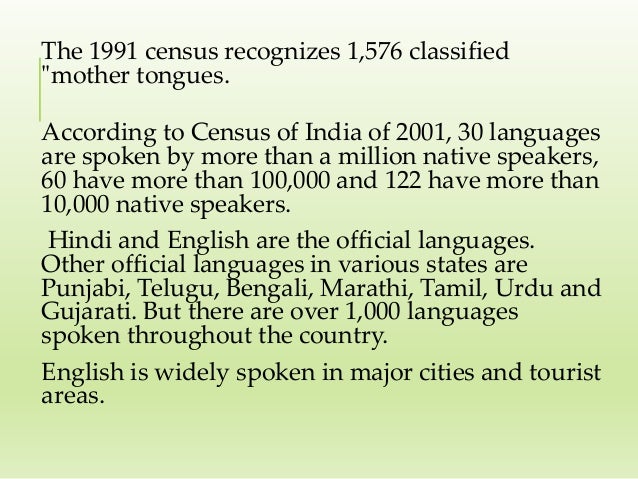D.N. Majumdar has written extensively about tribal religion in India. Since the British period the tribals have been described as animists. According to Majumdar, “animism is that exceedingly crude form of religion in which magic is the predominant element.
It conceives of man as passing through a life surrounded by a ghostly company of power, elements, most impersonal in their character, shapeless phantoms of which no image can be made and no definite idea can be formed. Some of these are taken to preside over particular departments of life or spheres of influence.”
Majumdar further says that with the process of religious change animism came to be categorized as tribal religion. Hutton has made an observation on tribal religion and says that it is a “surplus material not yet built into the temple of Hinduism”.
ADVERTISEMENTS:
However, in later period, Verrier Elwin pointed out a difference between tribal religion and Hinduism though he says that such an effort at differentiation is meaningless. He observes:
The tribal people always are willing to worship a few more gods, if by doing so, they can gain some material or social advantage.
David Hardiman, a subaltern historian, has referred to the religious beliefs of tribals of Gujarat. He cites the conviction of the Bhils that when water pitchers are burst in a ceremonial procession famine will be eased.
ADVERTISEMENTS:
Ghanshyam Shah has commented on the conversion of Bhils of Dangs (Gujarat) to Christianity. His understanding is that the census enumerators who work in the field are invariably Hindus.
Without actually asking the question about religion, they fill in the column assuming that the tribals are Hindus. This has shown that the tribals have taken to Hinduism although it is a fact that the tribals do not hesitate to accept Hindu gods and goddesses, fairs and festivals to improve their material status.
Tribal religion even today revolves round animism. K.S. Singh’s People of India (POI) project has tried to identify the ethnic and religious status of Indian tribes. He says that “tribes have generally remained outside the varna system. Therefore, only 11.8 per cent of them recognized their place in it”.
Almost all tribal communities have divisions and a notion of hierarchy. This hierarchy is based on ecology, descent, ranking, and status and so on. These tribal groups are endogamous.
ADVERTISEMENTS:
The incidence of inter-community hypergamy and even hypogamy has been reported from 10 and 6 tribal communities respectively, located in central India and other parts. Most of the tribes practise clan exogamy.
The POI data on religion are quite interesting. There are tribal groups that follow only one religion. For example, Hinduism is professed by 59.4 per cent of all the 461 tribal groups; 23.4 per cent practise Christianity, 3 per cent follow Islam; Buddhism is followed by 6.9 per cent, and 45.9 per cent practise animism.
There are tribal groups also which follow more than one religion, like Hinduism and animism, Christianity and animism, and Hinduism, Islam and Christianity all at the same time.
On the strength of empirical evidence available K.S. Singh says that admittedly a large number of tribals have taken to Hinduism; some have adopted Christianity but despite all these changes the core of tribal religion continues to remain centred in animism.
A Gond, or a Bhil may visit Hindu temples of Rama, Krishna, Kali or Amba; they may celebrate with all gaiety the festivals of Diwali, Holi and Rakhi but simultaneously they will also worship their local village deities, family ancestors and show respect for their tribal priest.
In other words, true, tribals have taken to Hindu gods and goddesses but have not looked down upon or discarded their traditional deities. Thus, in conclusion, the observations of Singh, in the POI, may be quoted:
A major finding in terms of religion has been the continuance of the autonomy of the tribal religious system in spite of the tribes’ close interactions with Christianity and Hinduism. The hierarchy of the clan and village deities is intact.
There are more sacred specialists among the tribals from their own communities. There are only a small number of sacred specialists from other communities. The calendar of festivals and festivities is also relatively intact.

